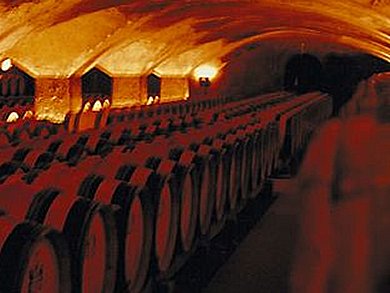It is not just location, type of grape, and degree of ripeness that give a wine its special something. Each vineyard has a characteristic yeast population of its very own and only those winemakers who use these wild yeasts for spontaneous fermentation are in with a chance of producing a truly top-class wine.
Since not all wild yeasts have a positive effect on the development of a wine – some can generate unpleasant flavors or even impede the fermentation process –, experienced winemakers always keep a very close eye on the process so that they can add cultured yeasts if necessary. Supplementing the wine in such a way has a detrimental effect on its quality and the resulting wine is destined for mediocrity.
Dr. Mark Bücking and his team, Fraunhofer Institute for Molecular Biology and Applied Ecology IME, Stuttgart, Germany, have developed a prototype testing kit that winemakers can use to check whether the yeasts present in their wine must are the right ones.
The detector is of the size of a cell phone and contains ten little Plexiglas tubes, each coated with antibodies. The winemaker fills the tubes with wine must, upon which any yeast that encounters a matching antibody on the walls of the tubes sticks to the sides. The ensuing biochemical reaction produces an easily recognizable color change. The prototype can already detect half a dozen different types of yeast in a short space of time.
It is possible to analyze the sought-after yeasts or the undesirable ones. The technology can also be used to detect fungi, bacteria, and viruses that cause diseases in plants, for example. Until now it was only big labs that could carry out such microbiological analyses. Sending them the samples and having to wait for these to be analyzed cost a lot of time.
- Presented at the Anuga FoodTec trade fair, Cologne, March 27 to 30, 2012


